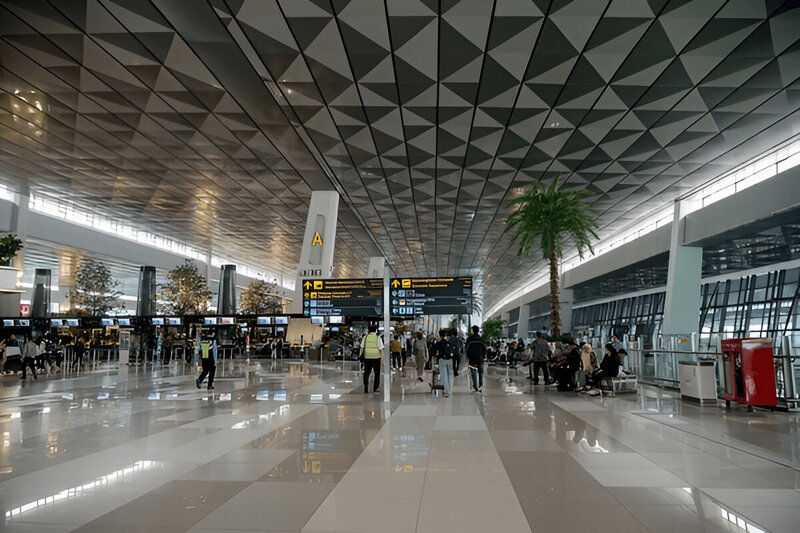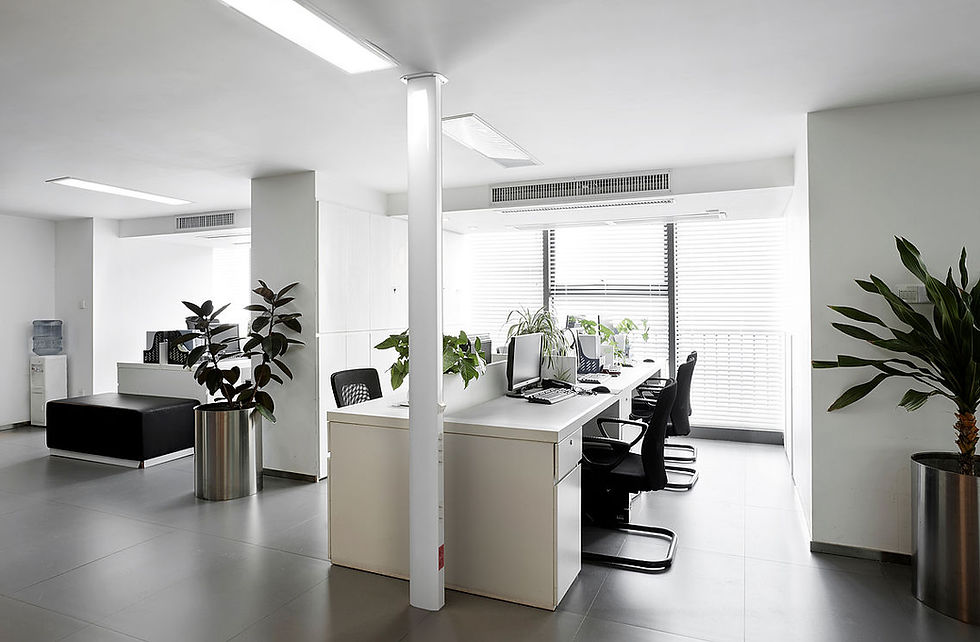Why Illuminated Ceiling Airports Are Key to Modern Aviation Design
- Lara Buck
- Sep 19, 2025
- 5 min read

No longer would an airport be just the house or host of transit, check-in, and security check discomforts; rather it was becoming a fully-functioning dynamic space of max effectiveness, comfort, design, and branding opportunities. One of the parallel developments taking place in aviation architecture is illuminated ceiling airports. These airports see luminaires become both a functional necessity and an aesthetic wonder. Such ceilings convert airport terminals into warm, soothing, and visually interesting environments adding to overall Travel Experience.
An illumination of the ceiling designs in aviation has thus brought insight into providing reasons for their increased consideration as an essential feature of the architecture of modern airports.
Evolution of Airport Design
There was a time when an airport was completely functional: built with shelves in mind. Right around this time, harsh lighting, dim-dead interiors, and a cluttered layout were synonymous with an airport. But with technological advancements and manifold developments in aviation, airports started taking concern of the comfort and happiness of their clientele. Nowadays, the modern traveler desires much more from an airport: there exists efficiency measured with aesthetics, comfort, and very pleasing interiors that positively look, feel, and even inspire.
This is where illuminated ceiling airports fit in really well: combining the technology, art, and architecture that have really gone beyond functionality to create interactivity that puts emphasis on modernity while referring to cultural identity.
How Illuminated Ceiling Airports Change Passenger Experience
Traveling is weary: on top of all the walking; there is the process of negotiating my way through terminals to stand in long lines at security. Therefore, lighting can intervene far into the passenger perception of either experience. Illuminated Ceiling Airports lie under a certain technology whereby advanced lighting systems considerably reduce stress, create atmosphere, and subtly help in wayfinding.
Mood Enhancement: Soft and dynamic lighting installed can provide stress relief and be calming to the space.
Visual Navigation: Ceilings that are lit in a particular way assist passengers in visual navigation through terminals, helping them find their way without confusion.
Cultural Display: Light installations typically reflect local art, landscape, or cultural traditions. In this way, they bestow a distinct identity to the airport.
Design psychology studies corroborate the idea that good lighting directly caters to traveler comfort; with illuminated ceilings being considered an aesthetic improvement by some, actually, these ceilings are solutions to major functional issues.
The Role of Technology in Illuminated Ceiling Airports
When it comes to airport illumination, don't think simple fluorescent bulbs anymore. More advanced forms of technology are in use nowadays-LED technology, programmable systems, and even interactive displays-all integrated into the ceiling structure.
In illuminated ceiling airports, the following modifications can be employed on purpose;
Energy Savings: LEDs are best energy savers and can last for good years, thus saving operational cost for the airports.
Dynamic Programming: The colors and brightness of the lights can change depending upon time of day, flight schedules, or seasonal themes.
Smart Integration: The smart systems allow the ceilings to reflect and act to passenger flow in real-time, thereby creating itself into an adaptive and responsive environment.
Thus, this amalgamation of technology with design ensures airports are ahead in sustainability goals while enhancing passenger satisfaction.
Illuminated Ceiling Airports as Branding Tools

Airports create the first and the last view of a city or a country. Beyond the functional aspect, the terminals also aid in building an identity and reputation. Illuminated ceiling airports become a viable branding tool for the designers and architects.
The illuminated ceilings can embody colors, patterns, or digital art—a way for the airports to signal the cultural values celebrated in the area, or perhaps its heritage or innovation. For example, the lighting designs may mimic constellations, waves, and landscapes, creating an emotional connection for passengers to the destination. Beyond aesthetics, illuminated ceiling airports support sustainable airport design, combining beauty with energy efficiency and eco-conscious innovation.
The other way illuminated ceilings become a marketing strategy is when passengers take an image of such a ceiling and post it on social media, giving the airport organic visibility.
Sustainability and Illuminated Ceiling Airports
One of the triggers of the aviation industry today is sustainability. Airports are high energy consumers, and this area is where sustainable solutions can make a huge difference.
Illuminated ceiling airports always utilize:
LED Systems: Consume 75% less energy than that of conventional bulbs.
Daylight Integration: Maximizes natural light and employs it in association with artificial light for energy efficiency.
Fixtures with Longer Life: Fixtures having a longer life limit maintenance costs and material wastage.
By such systems, the airports can gain green certification and align with their goals to the global sustainability agenda.
Iconic Examples of Illuminated Ceiling Airports Worldwide
Some of the renowned terminals in the world have the most spacious room lighting ceilings:
Immersive Sky Ceilings: Lightings in airports purportedly emulate the sun in an artificial way and enable visitors to feel free and in sync with the true open sky.
Cultural Light Installations: Light connected to the ceiling provides light for regional art and traditions; creating a place-based feel.
Dynamic Color Displays: Designed to change the lights according to flight schedules, events, or holiday decorations to keep things interesting.
These instances justify the remarkable boasts of the illuminated ceiling airports as visual design beacons.
Challenges Concerning Illumination-Ceiling Airports
The flip sides are, by their own admission, trying to adopt illuminated ceiling systems:
High Initial Cost: There is often substantial initial investment required for installing advanced lightening system.
Maintenance: Even if LEDs might last longer, still smart systems would need an expert maintenance.
Design Complexity: The lighting must be integrated with acoustics and HVAC systems, alongside architecture.
Much worth is that, despite these hurdles, airports investing into luminous ceilings see the benefits in passenger experience in return, reduce costs in energy in the long run, and sharpened branding.
The Future of Illuminated Ceiling Airports
Illuminated ceiling airports and their role as highly interactive installations of rapidly advancing technology will only become more pronounced. Trends show that:
Lighting will change according to passenger emotions or environmental factors through an AI mechanism.
Immersive Experiences will synergize lighting with soundscape and projection for entertainment providing familiar sights and sounds.
Personalized Wayfinding perhaps enlightened paths may lead passengers directly to their gates or lounges.
This will render innovation within airports into a high-occupancy experience and destination in itself.
Conclusion
Airports today are evolving to become edifices that sustain culture, identity, and sustainability, with great focus on enhanced passenger experience. Lighting design is right at the center of this metamorphosis. Those airports characterized by illuminated ceilings are engaging not only for their stunning visuals to comfort weary travelers but through some detraining mechanisms of the terminal's brand ethos and values.
From stress reduction to energy conservation, illuminated ceilings represent the future of aviation design. The way illuminated ceilings will transform the ambiance at airports is a journey worth taking, especially as travel is rapidly expanding and airports are competing for global recognition. To do these designs will remain a major distinguishing feature of contemporary gateways.



Comments